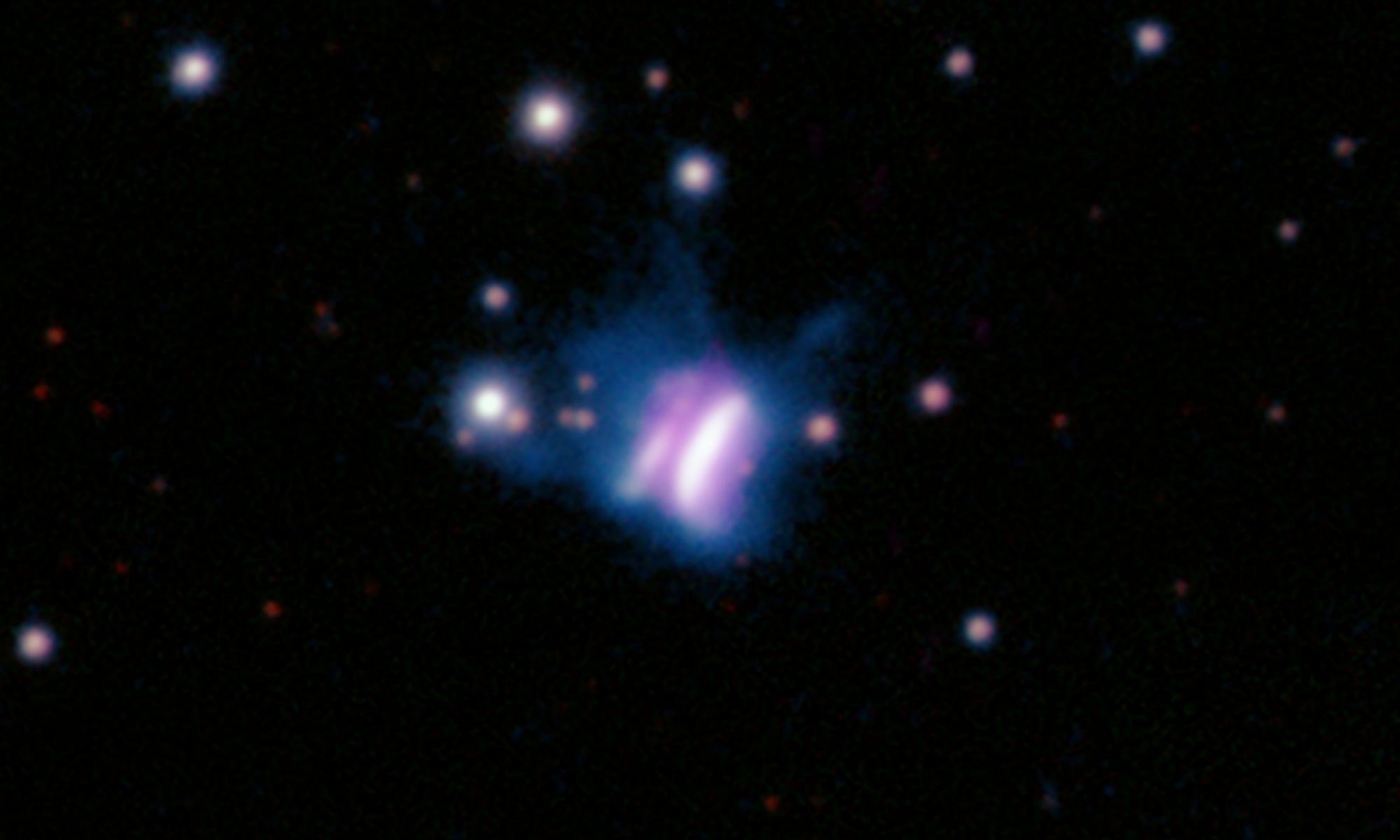Roughly 1,000 light-years from Earth, there is a cosmic structure known as IRAS 23077+6707 (IRAS 23077) that resembles a giant butterfly. Ciprian T. Berghea, an astronomer with the U.S. Naval Observatory, originally observed the structure in 2016 using the Panoramic Survey Telescope and Rapid Response System (Pan-STARRS). To the surprise of many, the structure has remained unchanged for years, leading some to question what IRAS 2307 could be.
Recently, two international teams of astronomers made follow-up observations using the Submillimeter Array at the Smithsonian Astrophysical Observatory (SAO) in Hawaii to better understand IRAS 2307. In a series of papers describing their findings, the teams revealed that IRAS 23077 is actually a young star surrounded by a massive protoplanetary debris disk, the largest ever observed. This discovery offers new insight into planet formation and the environments where this takes place.
Continue reading “This is the Largest Planet-Forming Disk Ever Seen”
